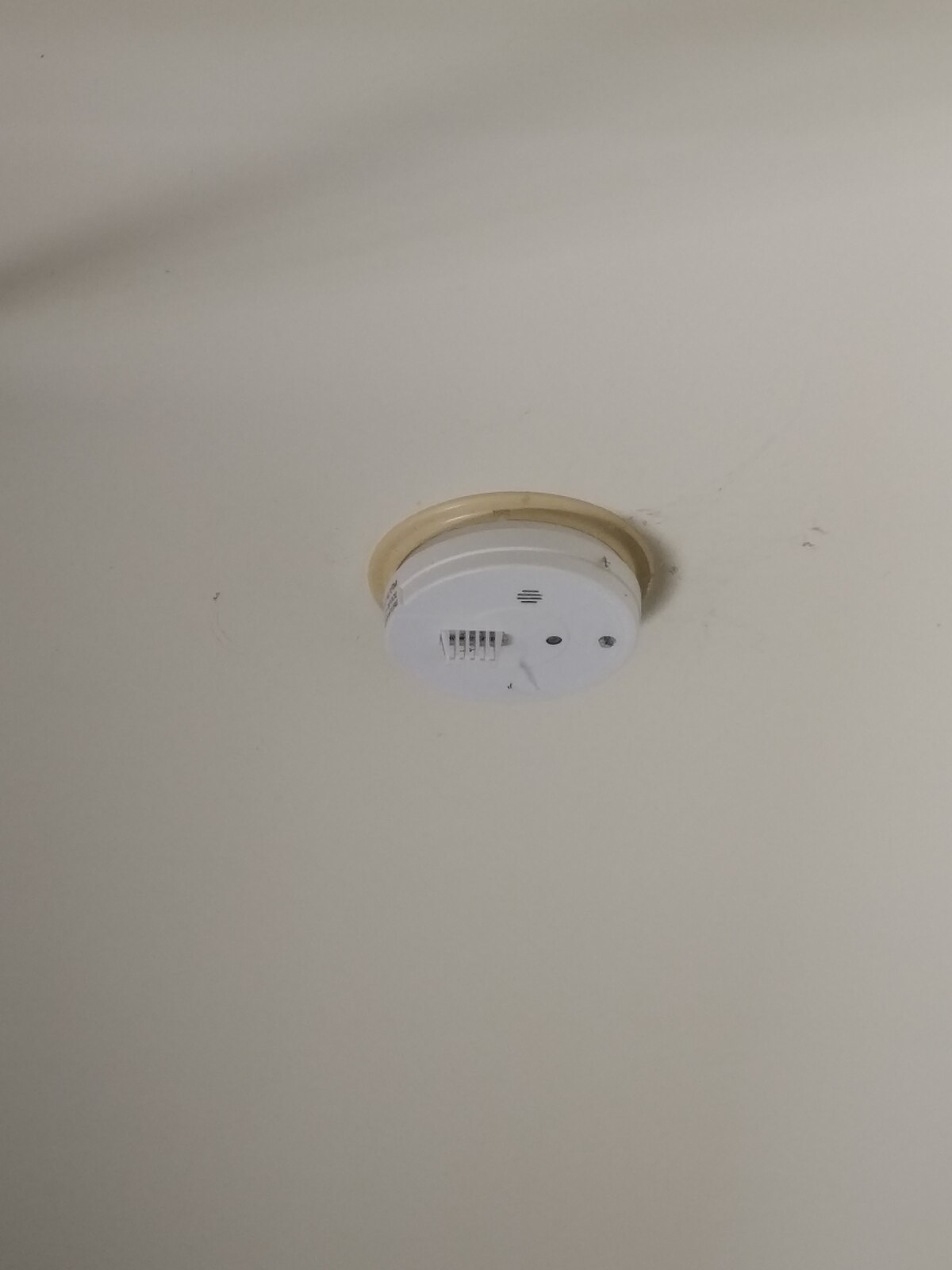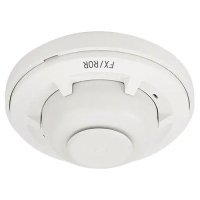Zone 16 on the M1 is designed to work with 2-wire smoke detectors. It has extra capabilities to recognize an alarm condition as signaled by 2-wire smokes, and properly power the smokes when they go into alarm mode. Other M1 zones don't have that capability.
If you want to put smoke detectors on other zones, they would have to be 4-wire smokes. They use one pair of wires for power, and the other pair to signal an alarm, similar to the way a motion detector uses 4 wires.
Having smoke detectors on more than one zone gets complicated. Each zone will require an EOL resistor AND an end-of-line relay to monitor the power. With 4-wire smokes, if power is lost, the panel has no way to know because the zone doesn't see any change. The EOL relay provides a way to signal the panel that power has been lost.
Fire code requires that when an alarm sounds, it is at a certain volume, sufficient to be heard by a person sleeping in a bedroom with the door closed (at least 85 dB 10 feet from the source). Also, I believe a Temporal 3 pattern is required. I'm not sure that having the M1 announce "Fire Fire" through the speakers would meet the fire code. Your AHJ may require that the detectors themselves include sounders.
The Fire code also requires that when one smoke detector triggers, all the others will sound an alarm in a synchronized manner as well. This is done with a reversing relay that swaps the power polarity for a moment. The other detectors take that as a signal to sound an alarm. When you have a daisy chain, this is easy to do - you just reverse power on the one zone. When you have multiple zones, it requires multiple reversing relays - one for each zone.
But now you need a mechanism so that if a smoke on say zone 1 triggers, it will activate the reversing relays on all of the other zones. This can be done with M1 rules and more relays that are triggered by the rules.
Finally, resetting an alarm condition also gets complicated. To reset and silence the smokes, you need to drop power to all of them at the same time. With a single zone, you would probably use SAUX power to do this, But with multiple zones and multiple reversing relays and EOL relays, plus a smoke on each one, you may exceed the power that SAUX (or the M1) can provide. So then you need an aux power supply and another relay that you can trigger to drop power to the smokes when you do a reset smokes on the keypad.
Where problems can pop up is that while the detector on the zone that initiated the alarm is recognized by the M1 as being in alarm status, the M1 has not recognized any alarm condition on the other smoke zones. When you drop power to them as part of the smoke reset, their EOL relay drops out and causes a trouble condition on those zones. So another reset is required for those zones. This can get you into an endless loop of resets.
Many people often think it would be nice to have each smoke on a separate zone so that the M1 can tell them exactly which one caused the alarm. But in a real fire you don't care. You need to get out as fast as possible. If it turns out to be a false alarm, it is a simple matter to do a walk through to check each smoke to see which one has its LED on, indicating that it tripped.
My advice is to keep it simple with a single daisy chain.


